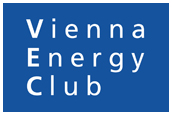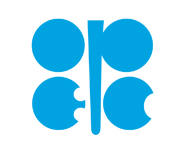Organisations
Organization of the Petroleum Exporting Countries (OPEC)
MISSION
To coordinate and unify the petroleum policies of Member Countries and ensure the stabilization of oil markets in order to secure an efficient, economic and regular supply of petroleum to consumers, a steady income to producers and a fair return on capital for those investing in the petroleum industry.
SCOPE
OPEC has 14 Member Countries. These are: Algeria, Angola, Ecuador, Gabon, Indonesia, the Islamic Republic of Iran, Iraq, Kuwait, Libya, Nigeria, Qatar, Saudi Arabia, the United Arab Emirates and Venezuela. OPEC was founded in Baghdad, Iraq, in September 1960, with the signing of an agreement by five countries namely the Islamic Republicof Iran, Iraq, Kuwait, Saudi Arabia and Venezuela. OPEC had its headquarters in Geneva, Switzerland, in the first five years of its existence. This was moved to Vienna, Austria, on 1 September, 1965.
TASKS
- To ensure oil market stability, for the benefit of producers and consumers alike
- To ensure a steady income for oil producing countries
- To ensure an efficient and regular supply of petroleum to consumers
- To ensure a fair return on capital for investors in the industry.
ACCOMPLISHMENTS
- Over the past 50 years, the oil market has remained adequately supplied, and OPEC has responded, in the interests of a stable, secure and well-managed oil industry, to market developments and unforeseen happenings
- OPEC has become an established and respected member of the global energy community and today cooperates with a wide variety of other industry stakeholders
- OPEC, whose membership comes from the developing world, has placed a high priority on easing the plight of impoverished nations and in 1976 set up the OPEC Special Fund, now the OPEC Fund for International Development, to help provide financial resources to developing countries as they look to realize their economic and social development goals
- The OPEC Secretariat has developed a strong and rigorous research and analysis capability, which is essential to the Organization’s decision making process.


